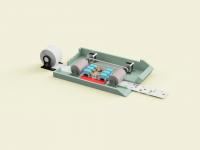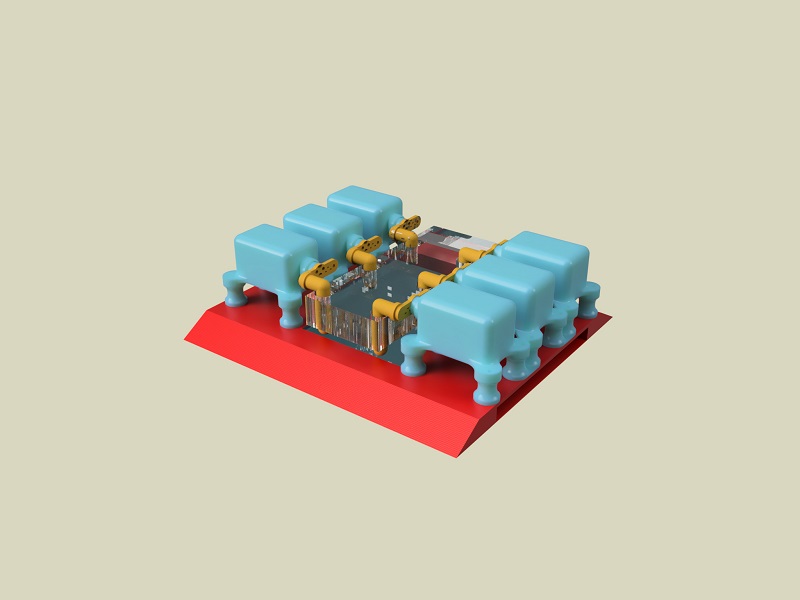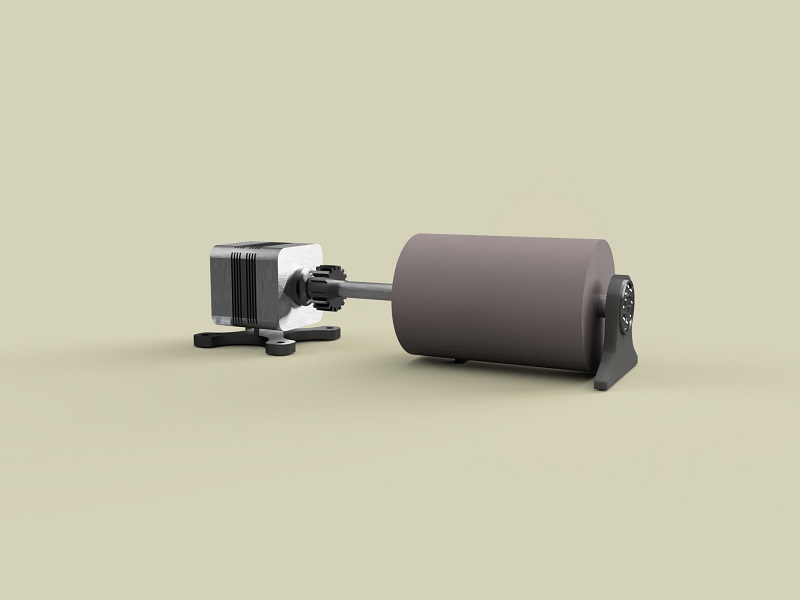An invention designed to support the blind
High school students creating genius solutions to make life easier for others? If you think this may happen only in movies or in other countries, be ready for a surprise. This invention was created in Poland, just around the corner.
At that time, Julia Kalinowska and Paweł Śpiechowicz were second-grade students at a high school in Słupsk. This is where, under guidance from their teacher, Krzysztof Kaluga, they created Dotsnote – a prototype printer to make notes in Braille.
Their idea won the second prize in the 13th countrywide edition of the “Young Innovator 2019/2020” competition.
Too few solutions for everyday needs
Now, the authors of Dotsnote are university students. Julia Kalinowska is studying at the University of Warsaw (biotechnology and Inter-faculty Individual Studies in Mathematics and Natural Sciences), while Paweł Śpiechowicz – at the Warsaw University of Technology (aviation and aerospace engineering, Faculty of Power and Aeronautical Engineering).
– What was important at the onset was the general idea behind the project, and we were on the same page here with Julia – a device for the disabled – says Paweł Śpiechowicz. – At first, we did not know what type of device we wanted to make, and, more importantly, what kind of disability we wanted to address.
We had to research the already available solutions.
– While studying the topic, we came to a conclusion that everyday life lacked solutions for blind and partially sighted persons – says Paweł. – However, we have not in any way disputed the need to develop technologies to aid different kinds of disabilities. We simply found that the market offered considerably fewer devices dedicated strictly to the blind.
It really helped us in our work when we met with persons from the foundation supporting the blind “Szansa dla Niewidomych”, during meetings organized by Julia.
– They clearly indicated that their greatest problem was the lack of a technology which would allow them to make notes on paper fast and swiftly, thus facilitating communication between the fully abled and the blind. This concerns, for instance, product labels at the stores which lack information in Braille, or notes made in offices which employ blind persons – explains Paweł.
Completing the project
Having gained such insights, the young inventors could start thinking about the main concept of the device. They divided the work between themselves. Julia was responsible for writing the software and creating the controllers, Paweł – for selecting parts and designing their assembly.
Their printer uses special paper tape in which it punches holes corresponding to Braille characters. With the algorithm in place, there is no need to write down anything. All one needs to do is to say out loud a word, or an entire sentence, and the device registers it, turns it into text, and then prints it out.
The practical stage, that is constructing a complete and working model, was interrupted by the pandemic which significantly limited the access to necessary parts available only in China and in the US.
– We’re thinking about returning to this project to complete it – says Paweł.
Beyond the technological support alone
The young innovators want their device to be small in size (20 x 20 cm), user-friendly and affordable to manufacture.
– It is possible to buy devices thatprint notes in Braille, but those are complicated to use and their prices start from several dozen thousands zlotys – says Paweł. – Our device from the very start was designed as something that disable persons would be able to configure and use on their own. A sort of replacement for mobile apps, such as the notepad, shopping list or calendar. That is why its price should be at the level of prices of mid-range smartphones.
The authors of Dotsnote wish not only to finish their work and present a complete device but also to raise public awareness about the problems with which blind and partially sighted persons have to cope.
– As a society we have at our disposal a range of efficient solutions which could significantly improve their lives and allow them to be fully independent. However, we do not make use of them – points out Paweł. – This includes, for instance, adjusting product labels or employing blind persons.









